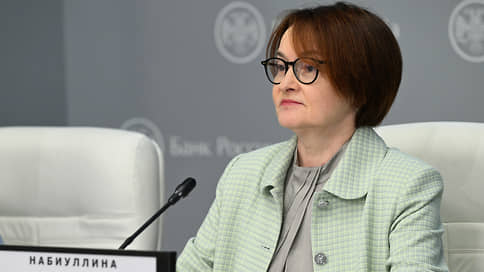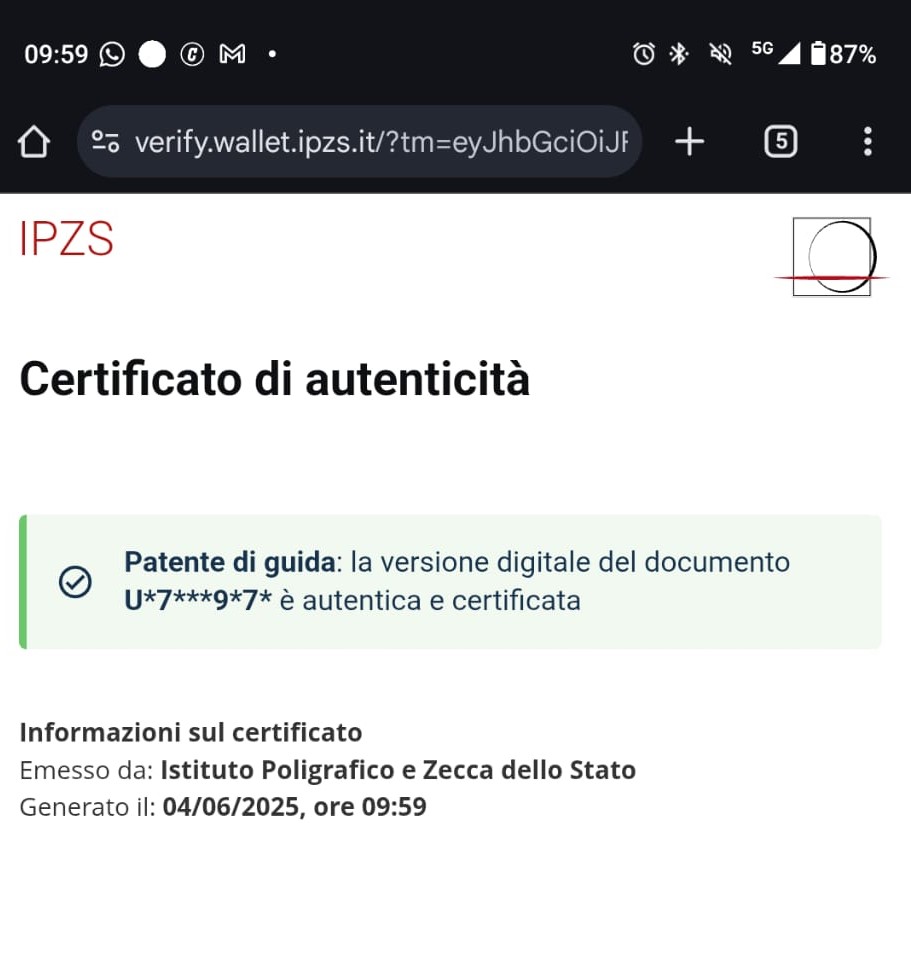In May, investors invested 76 billion rubles in PIFs

Despite the holidays, a pure influx in open and exchange PIFs in May exceeded 76 billion rubles, twice by blocking the indicator of April. The leaders again entered the funds of the money market that attract investors with high rates. Also, in the calculation of the mitigation of the Bank of Russia policy, investors are increasingly investing funds in bond funds. Participants in the market are waiting for an increase in interest in more risky shares funds only in the future.
Despite the long May holidays and a weak situation in the stock market, investors this year have significantly increased investments in retail share investment funds. According to Kommersant, based on Investfunds data, the amount of funding in them according to the results of the last month amounted to 76.2 billion rubles. This is almost twice as high as the result of April and the best result this year. Demand for retail Pyta is growing for a fourth month in a row. But if earlier this happened against the backdrop of interest in bond funds, then last month the funds of the money market reached the leaders.
According to Investfunds, pure attraction to such PIFs increased in a month by 3.5 times, to 57.4 billion rubles. However, in the fourth quarter of 2024, monthly revenues amounted to 116–249 billion rubles.
The high results of May are associated both with an increase in investments and with a reduction in the withdrawal of funds from the largest fund of this type of BPP “Liquidity” under the control of the VIM Investment Criminal Code (the value of net assets is 361 billion rubles). If in April a pure outflow from this fund amounted to almost 13 billion rubles, then in May – less than 400 million rubles. According to the head of the Department of Portfolio Investments of VIM Investment, Sergei Dudin, a decrease is associated with a reduction in the repayment of shares of such a fund. “In April, in the wake of optimism of a decrease in geopolitical tension, investors increased investments in the stock market, reducing tributaries in the BPP“ liquidity ”. In May, doubts came as a result – the outfills and tributaries practically compensated each other, ”explains Mr. Dudin.
Managers of other large funds of the monetary market basically recorded the growth of attracting. In particular, the pure influx to the OPIF “First-Incumber” increased from 20.9 billion to 29.2 billion rubles, to the BPP “T-Capital Money Market”-from 14.5 billion to 20.8 billion rubles. This situation is associated with persistent high rates in the monetary market. “Due to the fact that recently there has been a regular liquidity deficit, often the rates are above the key,” said Andrei Makarov, head of the sales department of the First Criminal Code. In addition, the attractiveness of deposits is also reduced, deposit rates are reduced for the sixth month in a row. According to the Central Bank, at the end of May, the average maximum rate of the largest banks was 19.39% per annum, declining by more than 0.4 p.
Attracts are also growing to bond funds, according to the results of the last month, they exceeded 29 billion rubles. This result was 14% exceeded the indicator of April and became maximum for the entire observation time.
A high interest in bond funds is associated with the results of their management since the beginning of the year, as well as expectations that the Bank of Russia in the coming months will begin to reduce the key rate. “Even if the regulator does not go to reduce the rate on June 6, such investors’ behavior looks quite rational-we believe that we have already recovered at the time of softening of the DCP,” said the head of the Alfa-Capital Asset Office Viktor Bark.
In the coming months, managers hope to restore demand for stock funds that continue to lose investors. However, this will depend on geopolitical news and the position of the Central Bank at a key rate. “In the context of mitigating rhetoric from the regulator and reducing the key rate, we can expect a demand for demand for more risky assets. A decrease in the discount rate can lead to an increase in demand for stock funds from institutional investors and professional participants, ”said Andrei Makarov. Interest will remain in bond funds, but the funds of the cash market, according to Victor Bark, may encounter a fall in the involvement.







